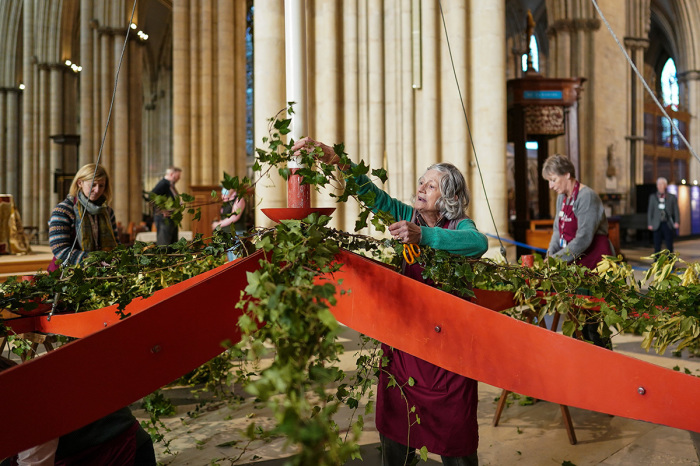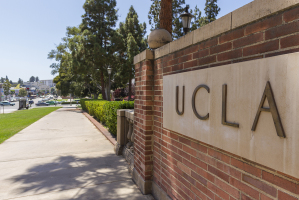3 historical facts to know about Advent

The first day of Advent this year is Dec. 3, marking the beginning of the New Year for Christians, but this seasonal observance is unfamiliar to some Christians.
Advent always begins four Sundays before Christmas and ends on Christmas Eve. However, not every Christian denomination highlights this season or follows the church calendar, particularly Evangelicals that don't worship liturgically.
Here are three things you should know about the month-long season leading up to Christmas Day.




























